FORWARD OPERATING BASE WARRIOR, KIRKUK, Iraq- The sound of sirens and
revving engines pierce the ears as Iraqis with simulated injuries are carried out of a
large, inconspicuous-looking dining facility.
Several Iraqi firemen, police and Army emergency services personnel swarm
with stretchers holding the "wounded" during a mass casualty training exercise held on
Kirkuk Military Base, also known as K-1, near Kirkuk, Iraq Feb. 24.
The exercise was the culminating training event after a 17-day combat life saver
course that took place on K-1. It was designed by both Iraqi and U.S. medical staff and
was intended to replicate several mortar and bomb attacks-causing a total of 15
casualties-during which the participants were expected to use the skills learned in the
CLS course.
The IP, IA and firemen worked jointly and provided first responder medical care
for each simulated casualty in order of priority. The casualties were loaded in order of
critical need into ambulances and were transported to a nearby casualty collection
point. The "critically injured" patients were evacuated to a hospital in Kirkuk city, while
those listed with minor injuries were evacuated to the medical facilities on K-1.
Upon arriving at the K-1 clinic, the victims were rushed into the emergency room,
where waiting doctors and assistants immediately began treating their wounds.
Soldiers from Company C., 15th Brigade Support Battalion, 2nd Brigade Combat
Team, 1st Cavalry Division, oversaw the functions of the Emergency Room, but were
merely observers of the Iraqi doctors. The event was designed to test the skills that first
responders learned during the CLS course.
"Between the CLS course and this training event, the CLS participants are now
much more capable of performing vital life-saving skills," said Ari F. Anwal, a doctor's
assistant at the K-1 medical facility.
During the CLS course, participants learned how to stop major bleeding, perform
cardiopulmonary resuscitation, needle decompression and loading and unloading
patients into ambulances.
"Accidents and attacks happen," said Anwal. "People should know how to keep a
casualty alive long enough for an ambulance to arrive. This event is the participant's
chance to use what they have learned and act with confidence. The exercise today was
special because the medics and CF did such a great job replicating a real mass
casualty event."
"The participants did not know what kind of injuries to expect," said Sgt. Vincent
Todd, a medic for Company C. "We came here expecting to have to walk them through
the CLS course and training event. But, they did a great job at doing what they have
been trained to do: save lives."
The training was also a chance to bring Iraqi policemen, Soldiers and firefighters
together, and teach them how to coordinate responses during a mass casualty event.
"It was good to bring all these different branches together," said Anwal. "They got
a chance to organize themselves and each group did its part."
"It is important they are as prepared as us medically," said Spc. Katherine
Kaspari, the senior medic for Company C. "They are going to need to do this on their
own."
"They are very disciplined and dedicated to learning," said Kaspari. "They put
what they learned into action and the event was very successful."
The training event wrapped up after the last patient was treated at the clinic. The
participants took one final written test on Feb. 25 to be certified as combat life savers.
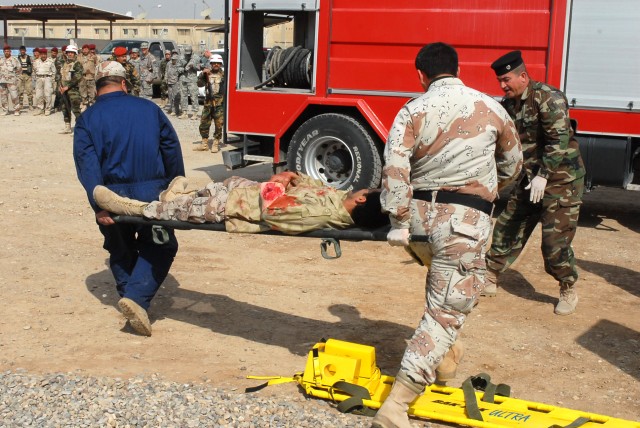
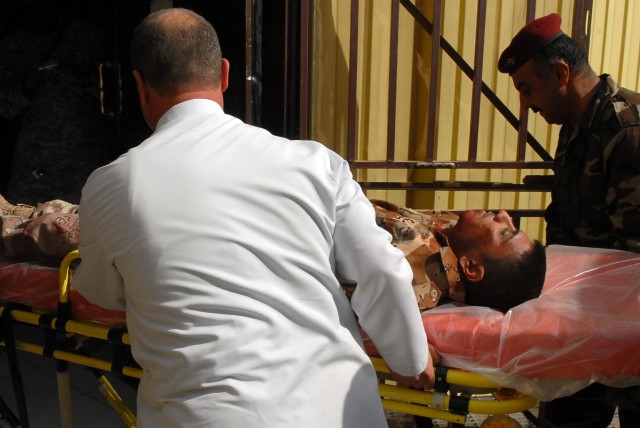
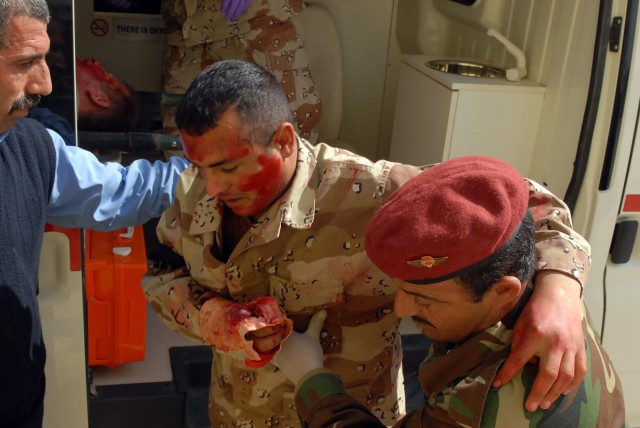
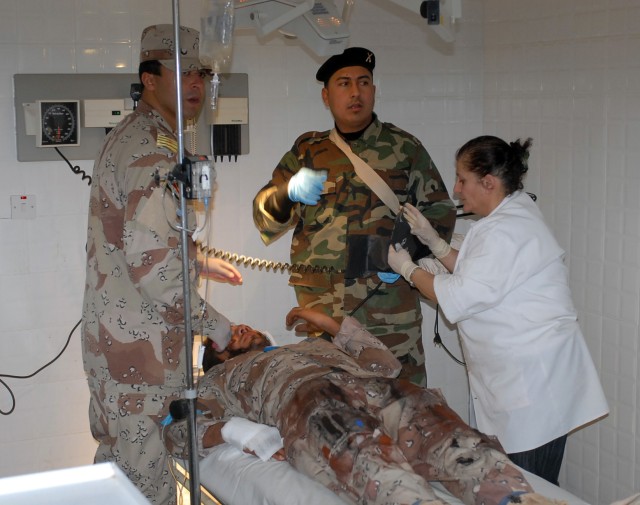
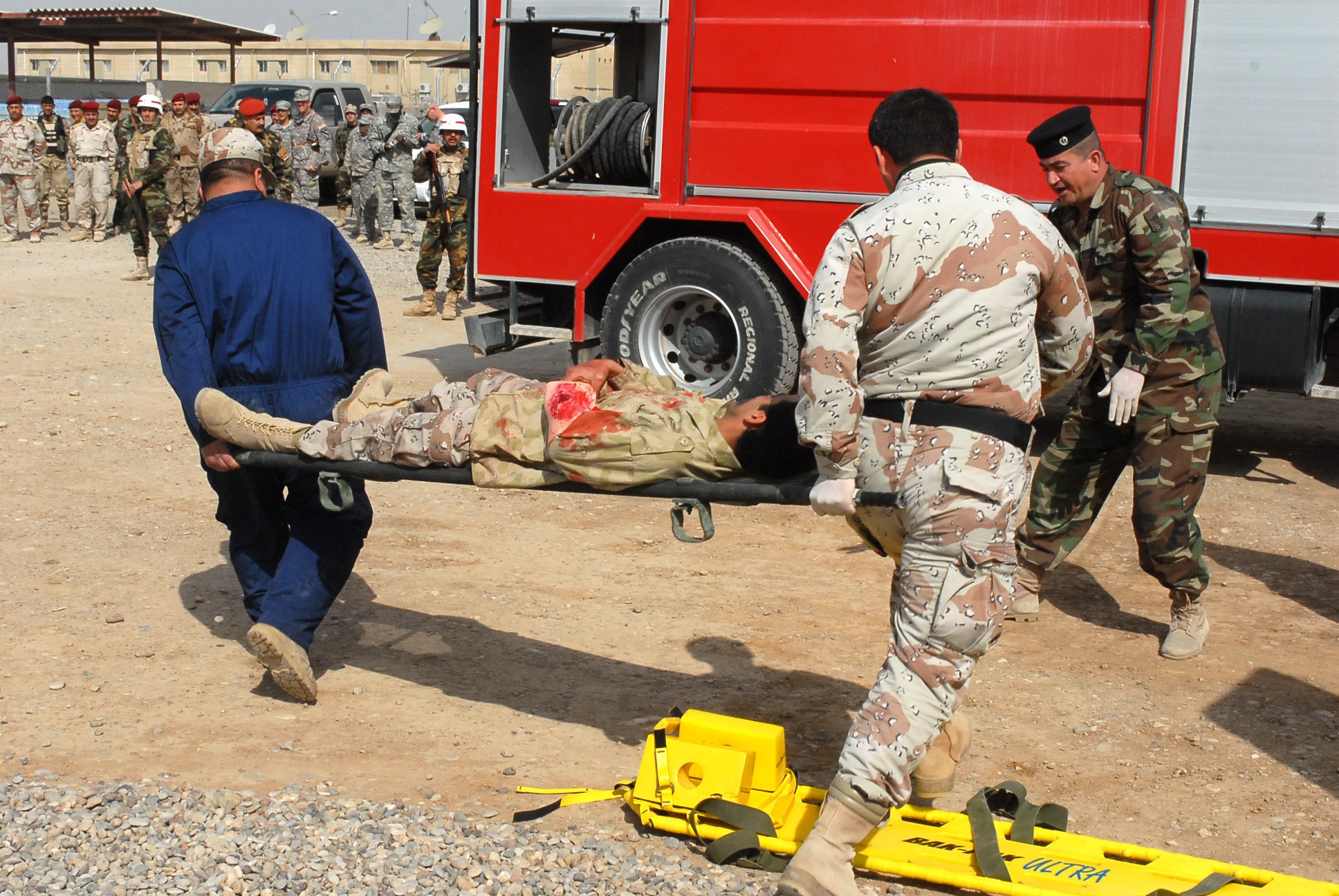
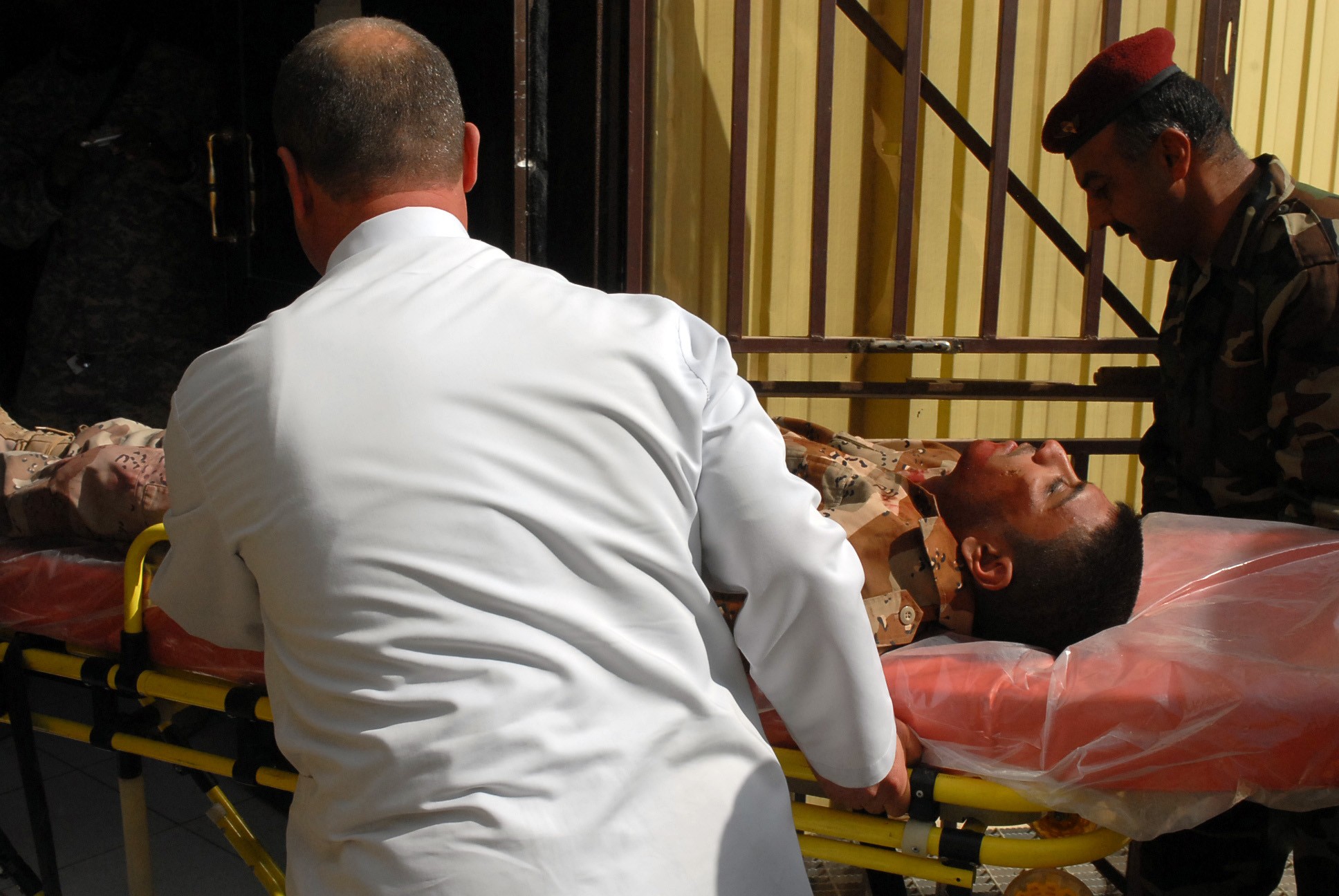
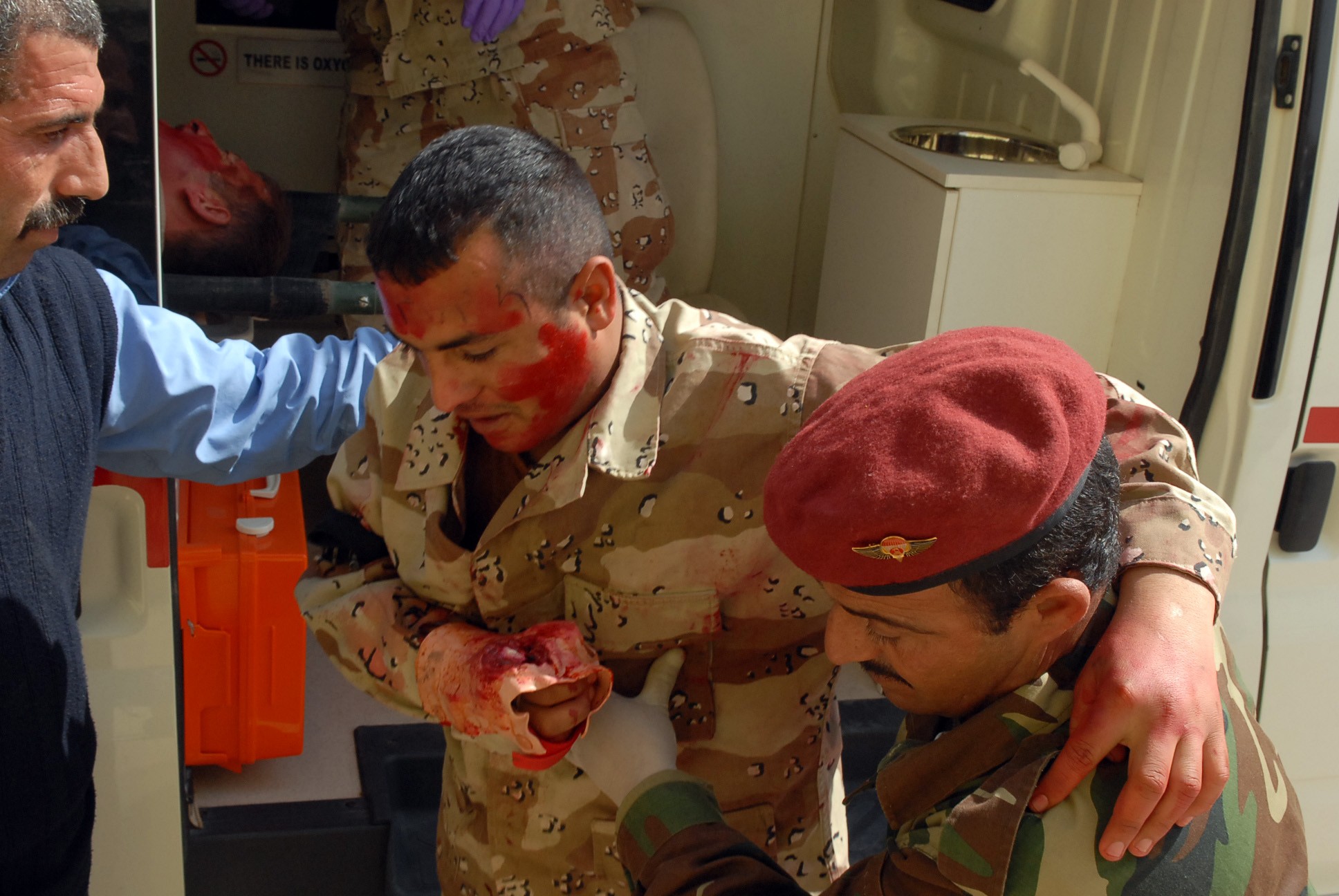
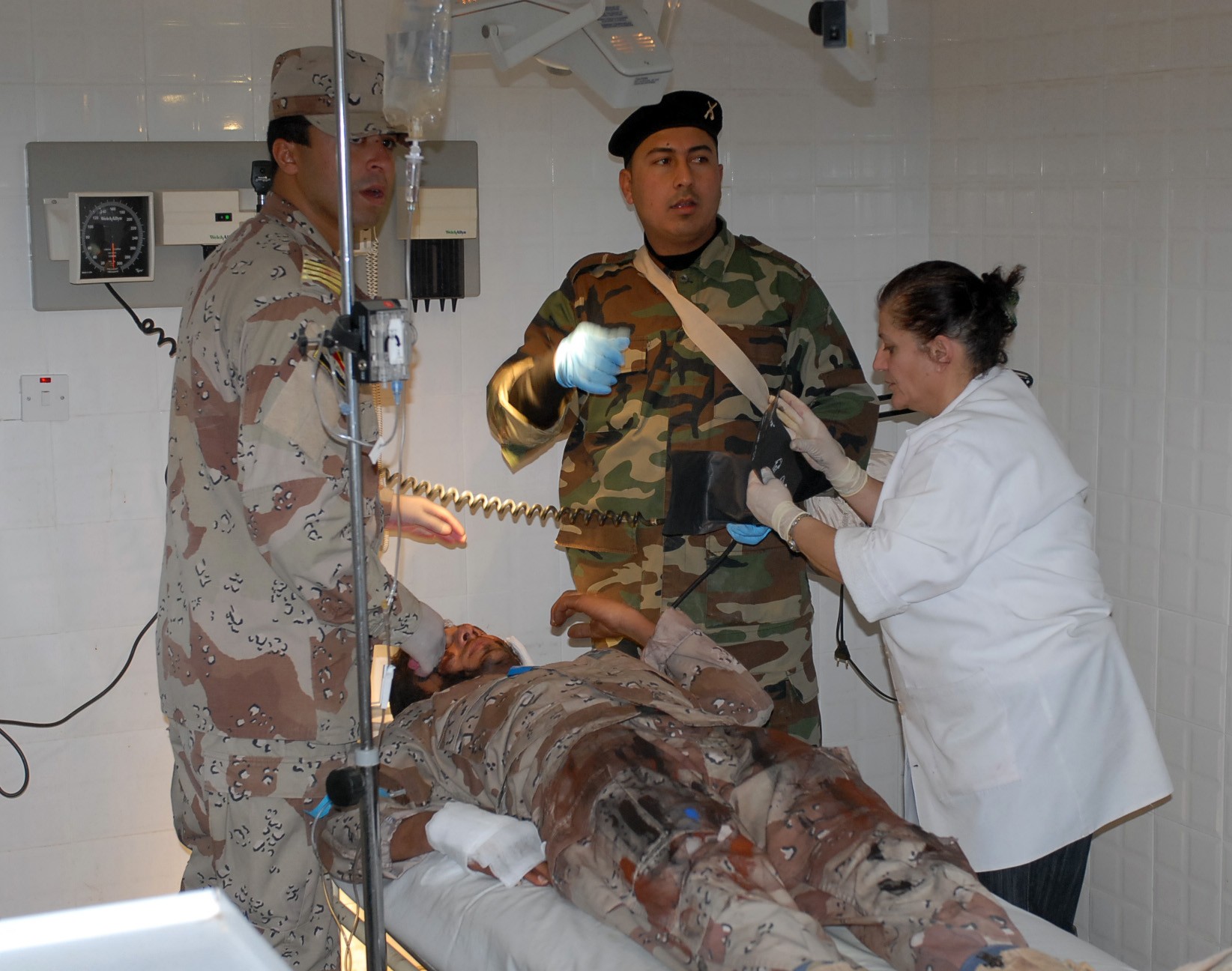
Social Sharing